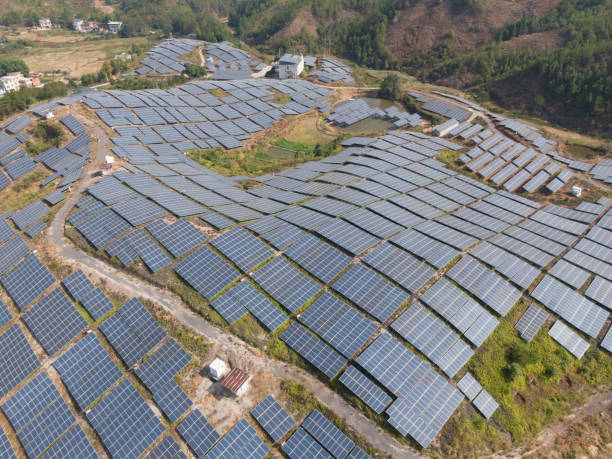
For a long time, the idea of decentralized microgrids has been circulating to help people become self-sufficient with electric power. The writer was shocked to discover that some households in a village located about 150 km from the National Capital Region were using grid-connected solar power.
In comparison to Indian cities the villages use solar technology more effectively. This is due to a number of factors. One reason is that home solar installations need open space, and this is easier to find in rural areas than in urban ones, where roof access is restricted. The farm and rural subsidy schemes offer a higher reward for solar initiatives. The rural marketing of solar programs and the rural mindset that is always looking for cheaper ways to survive are the final reasons.
The rooftop solar is still catching up with the appliance-based solar technology. The government can do a number of things, including.
Promoting solar via channels that urban users use. Gram Panchayats or local co-operatives are the most common places where rural users learn about subsidy schemes. Online marketing can be used to promote similar measures for the urban populace.
Solar penetration can be increased significantly by offering incentives to rooftop solar in Delhi NCR and other areas that people from across the country populate.
Setting standards for solar installations can also make it more attractive for homeowners in urban areas to adopt solar. The market is currently a chaotic mix of solar suppliers, many of whom lack the expertise and quality required to make solar work on the roofs of urban homes. Urban buyers are discouraged from investing in solar by stories of failure.
In India, the next goal could be to achieve a balance between rural and urban solar adoption. This will reduce the burden of state-run electricity providers and bring economic prosperity, as the tariffs in urban areas are higher.
